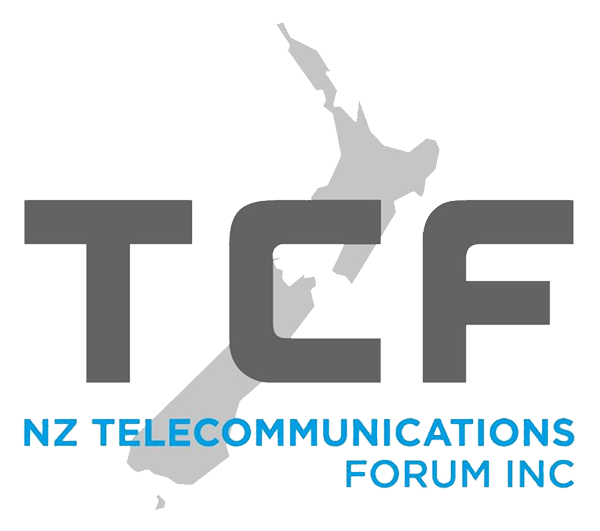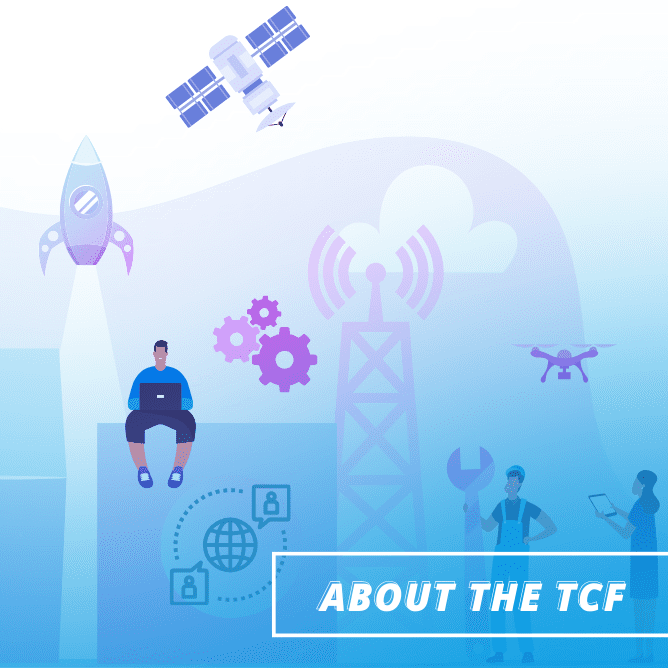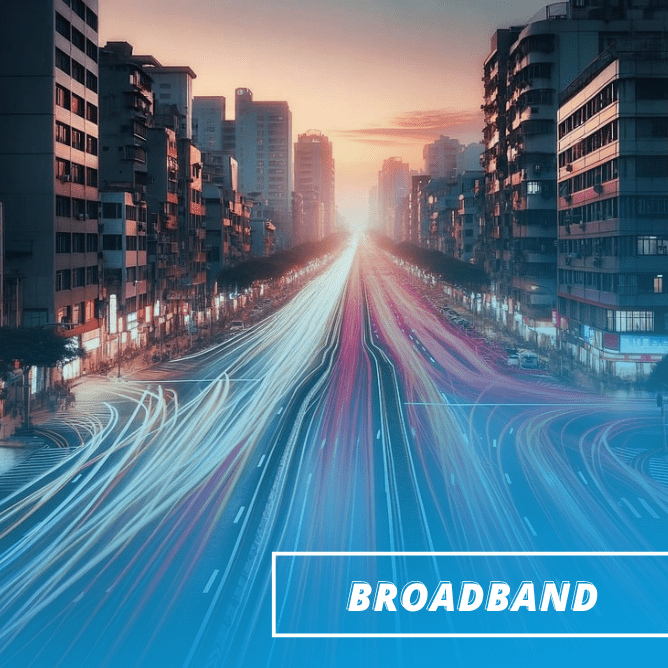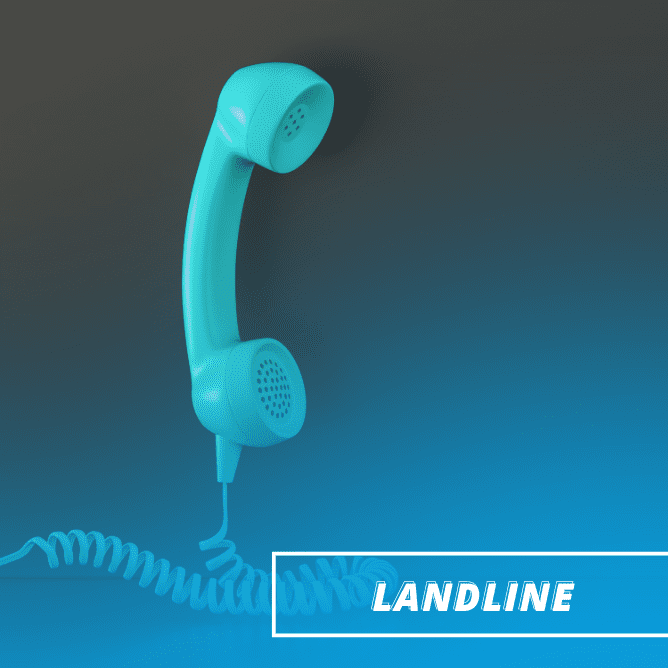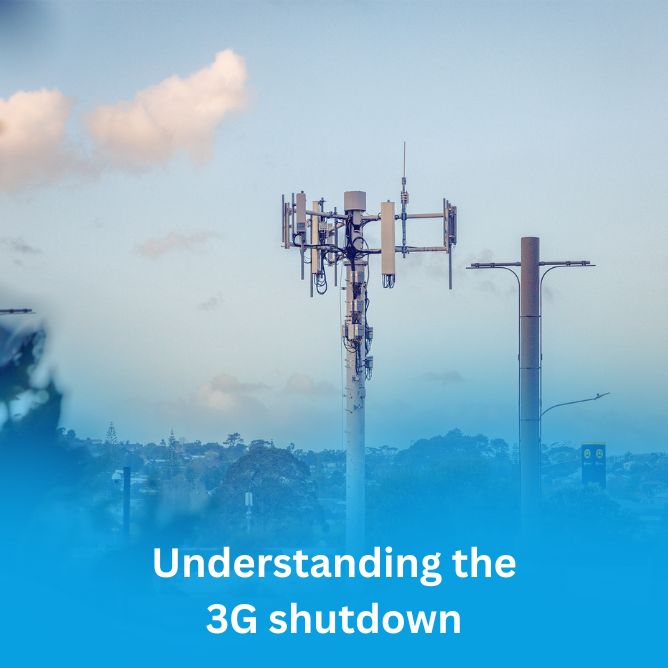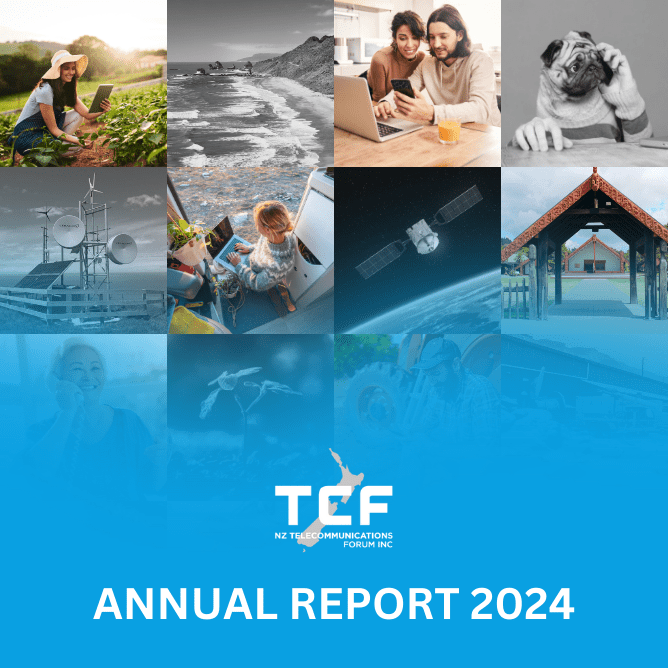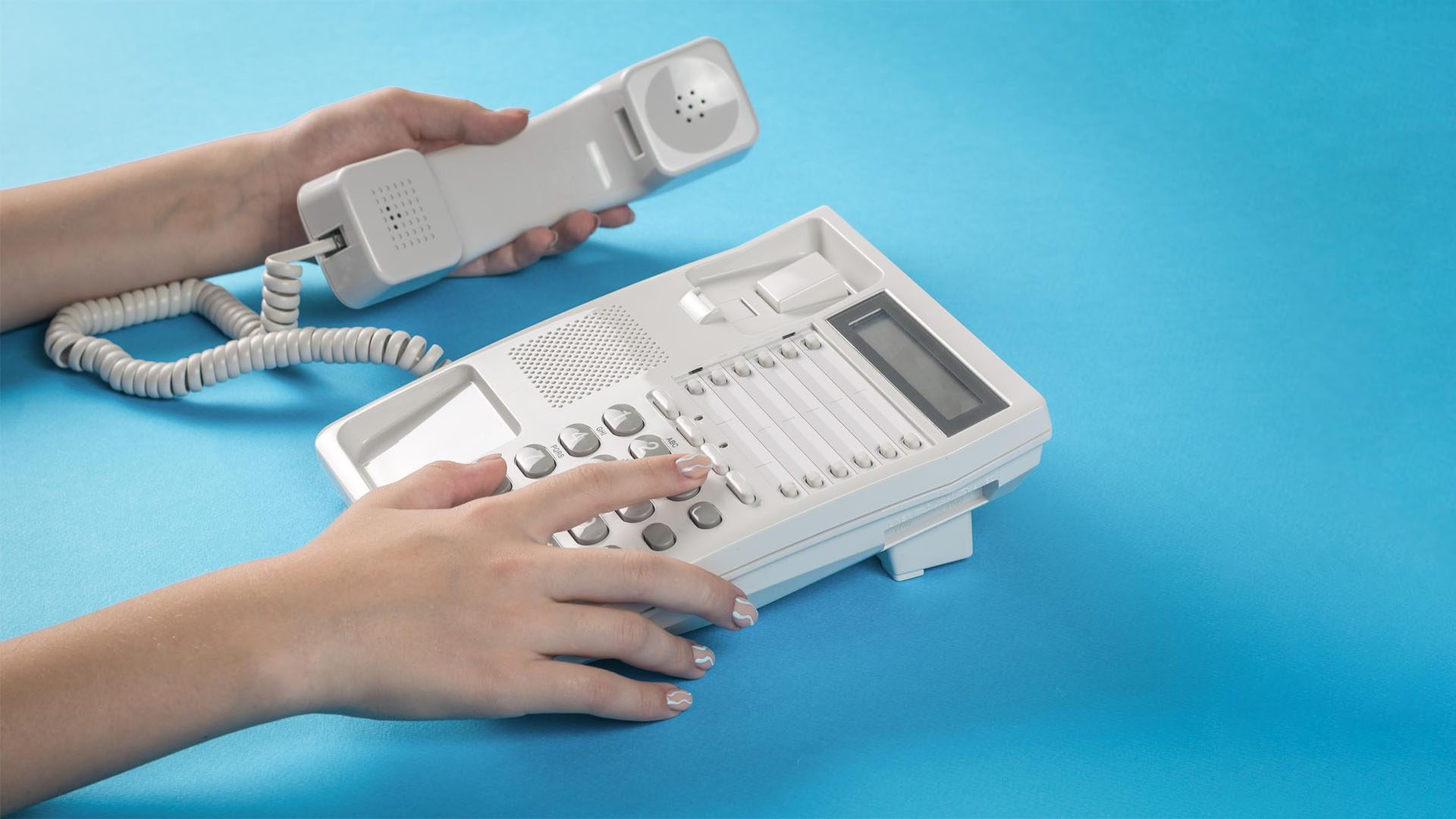Background
When New Zealand’s 111 emergency service was introduced more than 60 years ago, all calls were made from traditional landlines using the copper lines network. Today, that has reduced to a small minority: over three quarters of all 111 calls are now made from mobile phones and many landline calls are made from phones that use fibre or fixed wireless network technologies.
Over 1.8 million households and businesses are now connected to ultrafast broadband (UFB) fibre services, while the Rural Broadband Initiative (RBI) is using wireless technologies to improve telecommunications services to rural communities.
These new technologies need an electricity supply in the home to work, in the event of a power outage the landline (home phone) associated with the fibre or fixed wireless service will stop working. This means that a consumer will not be able to contact the 111 emergency service on their landline during a power cut unless they have an appropriate battery back-up power supply.
The majority of New Zealanders own or have access to a mobile phone which provides an alternative means of contacting 111 emergency services; however it is important that we ensure that our most vulnerable consumers can access 111 emergency services when the power fails if they have no alternative means.
The Commerce Commission updated their 111 Contact Code in July 2024. The Code’s purpose is to ensure that vulnerable consumers who may have a particular risk (e.g., a medical condition) that could increase their need to call a 111 emergency service, have reasonable access to an appropriate means to do so in the event of a power failure. The Code applies to any Retail Service Provider (RSP) who provides landline services in New Zealand.
Summary of the Code
RSP’s are required to communicate to both new and existing consumers at least once a year outlining:
- that landline services running across new home technologies (such as fibre and fixed wireless) may not work in a power failure
- ways they can protect their household in the event of a power failure (this might include having available a charged mobile phone or having a battery back-up power supply)
- a process for consumers (or someone on their behalf) to apply to be accepted by the RSP as a vulnerable consumer
- RSP’s were required to start this communication from early 2021.
The Code sets out a definition of a vulnerable consumer being ‘a consumer of a retail landline service, who’:
- is at particular risk of requiring the 111 emergency service; and
- does not have a means for contacting the 111 emergency service that is not available to be operated for a period of eight hours, in the event of a power failure.
Section G of the Code came into force on the 1 August 2021 and requires RSPs to provide an alternative means to calling 111 emergency services in the event of a power failure to their registered vulnerable consumers.
It is worth noting that any mobile phone which has a SIM card will work for 111 calls, irrespective of whether it has a plan or any credit on it. Additionally, if the mobile phone user is out of the network coverage area for their service provider, but within the coverage area of another provider, 111 calls will still be put through to emergency services.
Find frequently asked questions about the 111 contact code here.
Eligibility and process
If someone in a household believes they would qualify as a vulnerable consumer, the next step is to contact their RSP and follow their vulnerable consumer registration process.
Making a complaint
If a customer has a complaint relating to the Code, they should first contact their RSP seeking resolution. If an agreeable solution is not reached, then the customer is able to take their dispute to the Telecommunications Dispute Resolution (TDR) (Phone: 0508 98 98 98)). TDR is a free and independent service which helps resolve disputes between customers and their telecommunications provider.
Download our Factsheet
For further information, including an overview of which technologies will not work in a power cut please download the ‘Home phone technology and calling 111‘ factsheet.
This factsheet is a joint initiative between the TCF, Commerce Commission and TDR.
